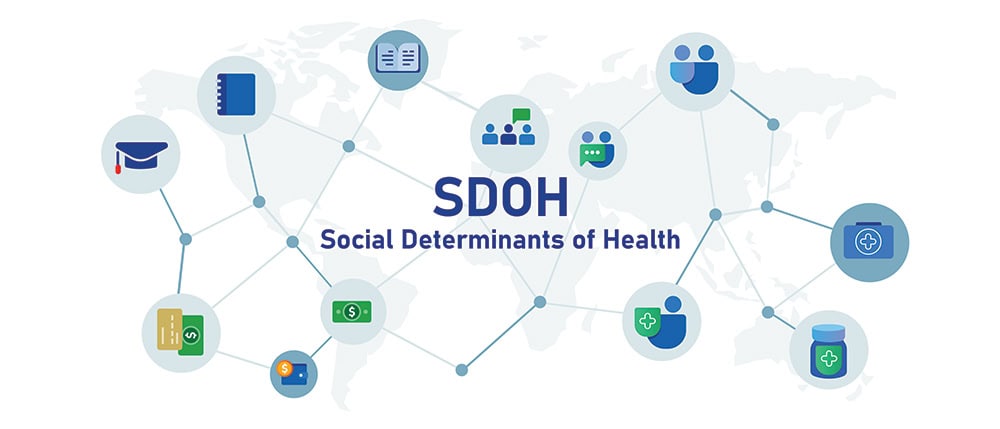Cracking the Code on Social Determinants of Health Data

Actuaries and data analysts may have been the ones to quantify the cost of health inequity caused by adverse social determinants of health (SDoH), but doctors, nurses, even customer service agents with health plans, have long had personal experience with the costs to healthcare organizations and individuals’ health wrought by factors such as unstable housing, food deserts, lack of access to a pharmacy or a primary care provider and insufficient transportation.
For every accommodation these observers make to alleviate a person’s hardships, they recognize they are missing opportunities, unaware of needs in the populations they serve and unsure of who to call for help that has a lasting impact.
At their points of interaction, though, they make notes. Physicians enter comments in electronic health records (EHRs) and bring their concerns to their patients’ care teams. But outside episodes of care, that data rarely comes to the surface. It is not attached to insurance claims nor present in radiology images or explicit in lab results or prescription histories.
Advances in technology — especially human language modeling, statistics and machine learning — enable rules-based, automated extraction of pertinent, potentially life-changing insights from unstructured data. Natural language processing applied to EHR or health plan case management notes, for instance, can cite SDoH data. Once accessible, that data can be pushed to people and processes where it will be used and shared between payors and providers. Working with community-based organizations, healthcare systems and plans can effectively manage the unsustainable crises of avoidable high-cost utilization, inconsistent preventive care and inequitable care availability.
Learn more about the rich data trapped in narrative accounts or free-form clinical notes, the challenges to accessing it and the importance in making it available to payors and providers. Read our eBook, “Cracking the Code on Social Determinants of Health Data.”
